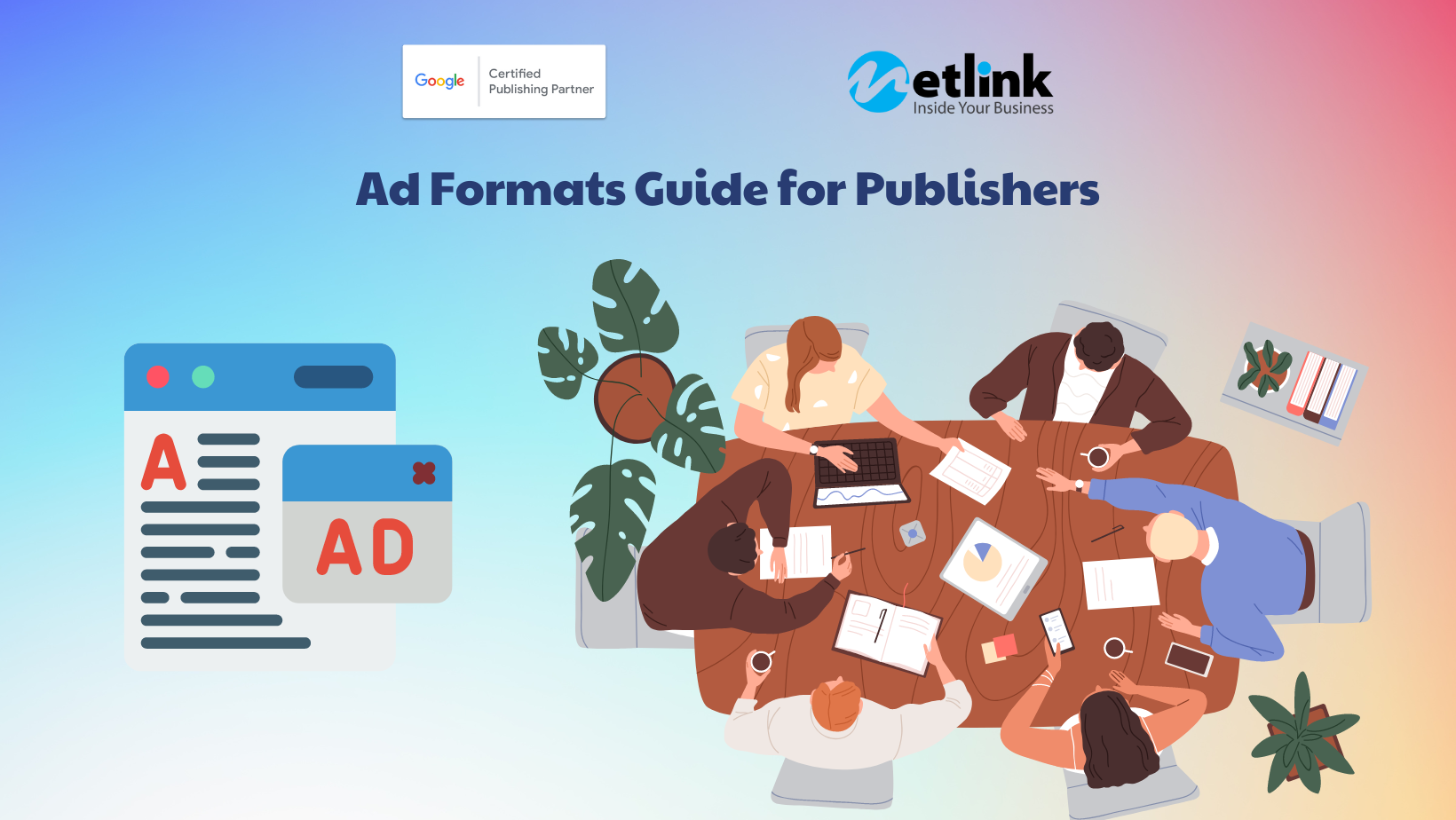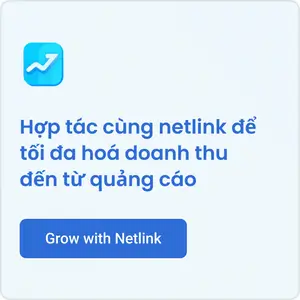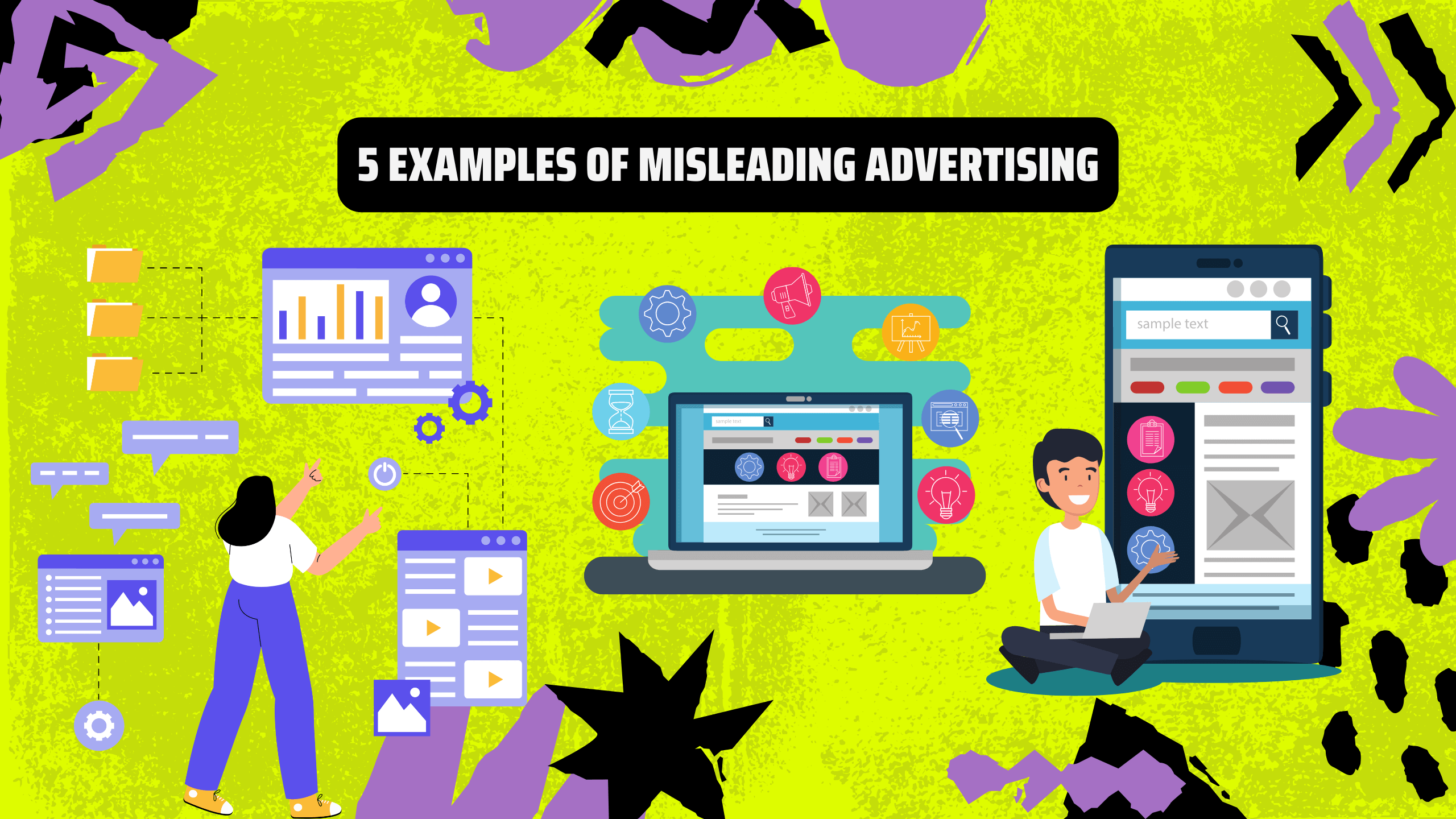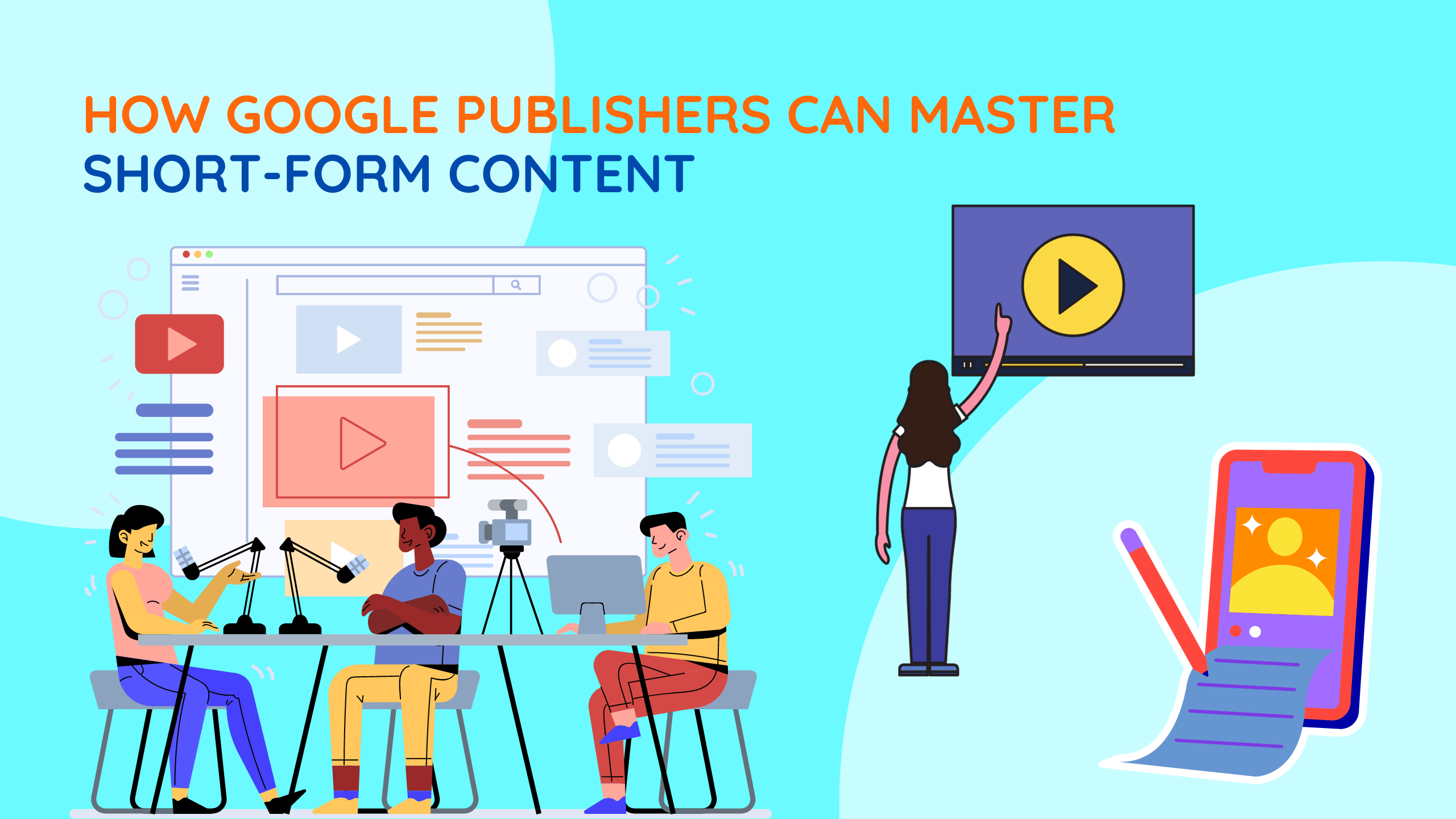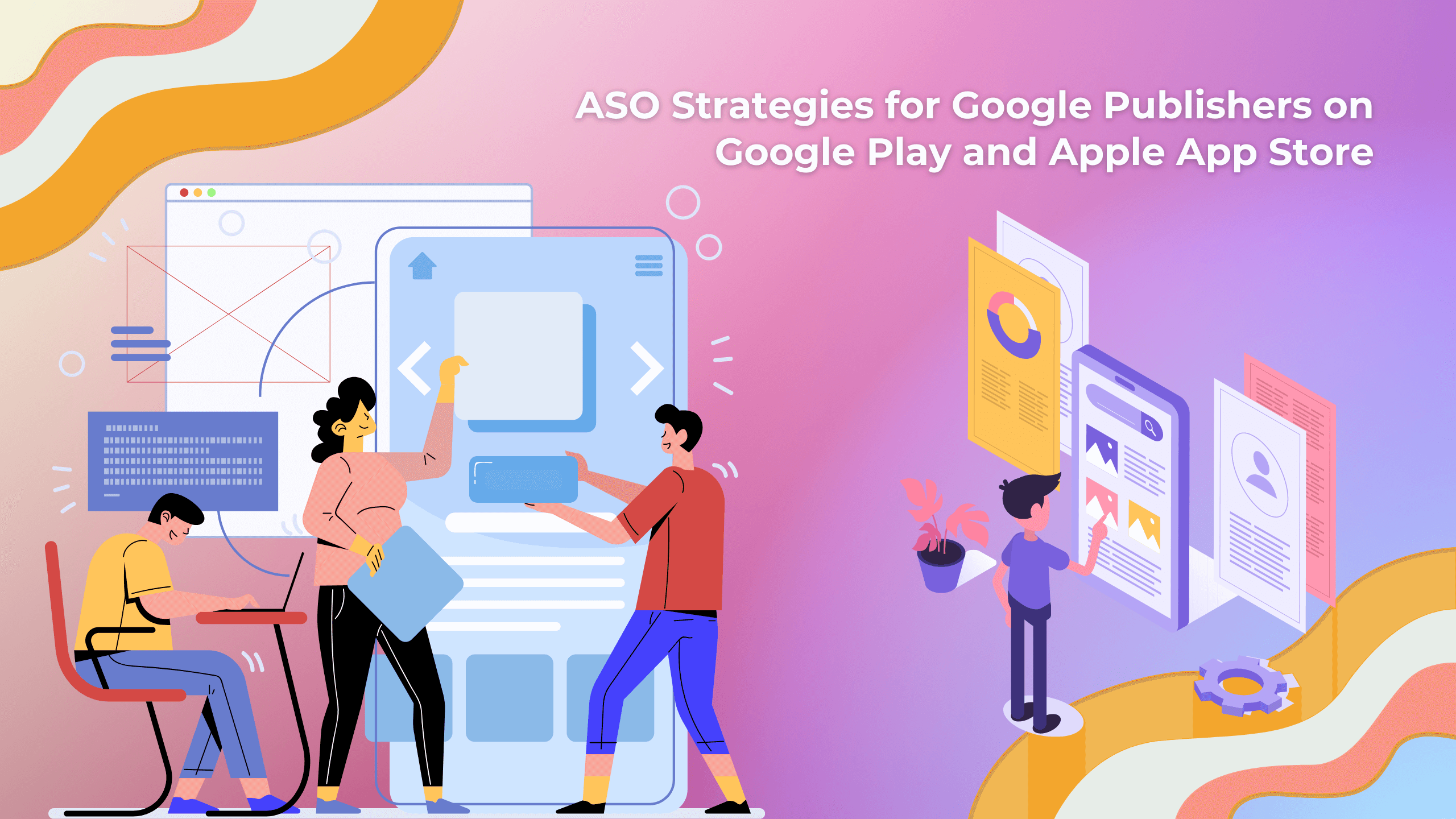In the dynamic world of digital advertising, ad formats play a pivotal role in captivating audiences, driving engagement, and maximizing revenue for publishers. Understanding the different ad formats available is essential for crafting effective monetization strategies and delivering compelling user experiences. Join us on this enlightening journey as we explore the diverse landscape of ad formats, from traditional display ads to innovative interactive formats, and uncover the strategies to leverage them successfully in Google Ad Manager, AdExchange, AdMob, and AdSense.
I. Traditional Display Ad Formats:
1. Banner Ads:
Banner ads are a staple in the digital advertising landscape, appearing in various sizes across websites and apps. Their versatility makes them suitable for delivering brand messages and driving clicks.
2. Skyscraper Ads:
Vertical skyscraper ads, alongside website content, command attention and offer ample space for creative visuals and messages.
3. Leaderboard Ads:
Leaderboard ads are horizontal banners located at the top of web pages, ensuring high visibility and engagement.
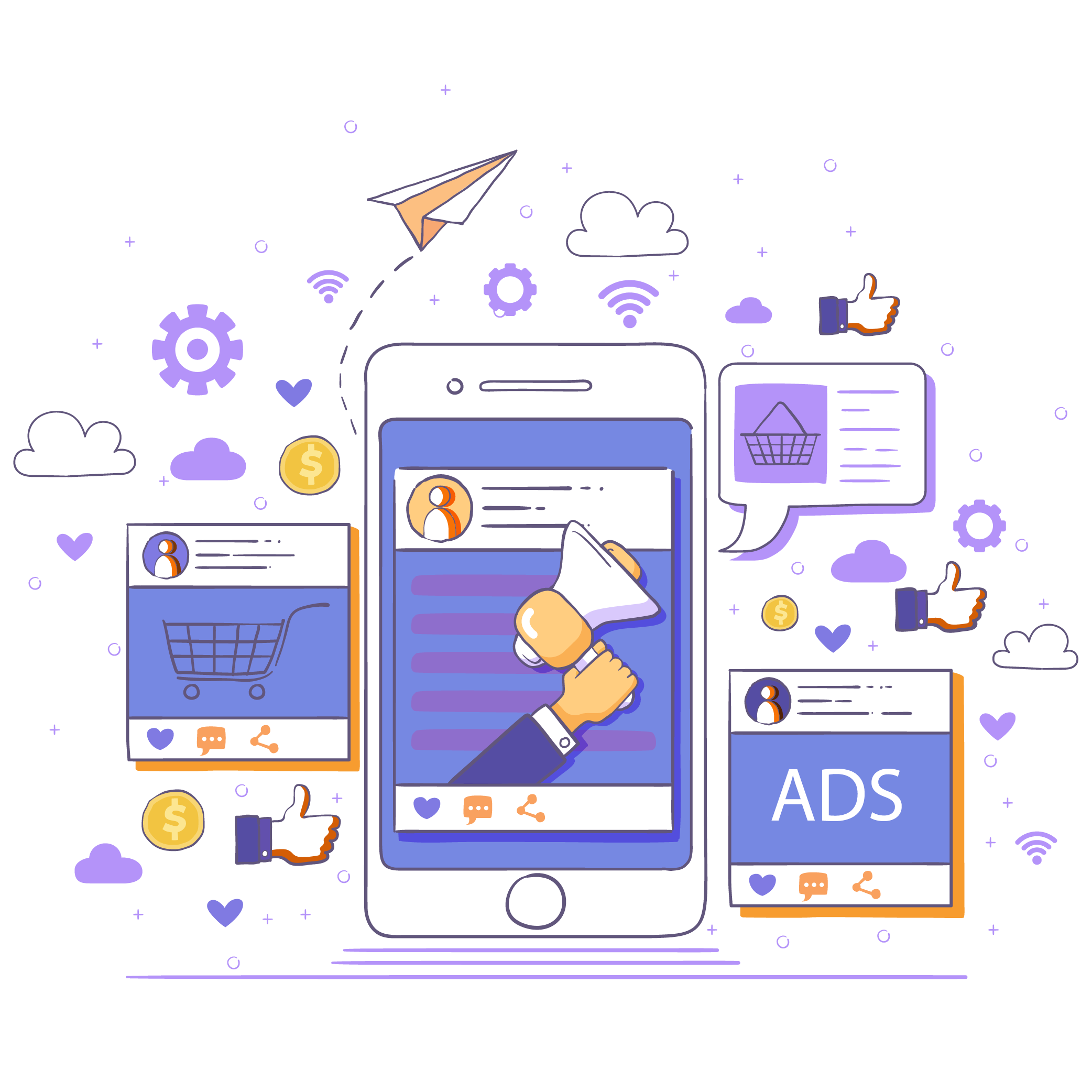
4. Rectangular Ads:
Rectangular ads are highly popular due to their balanced size, fitting seamlessly within the content without disrupting the user experience.
II. Interactive Ad Formats:
1. Video Ads:
Video ads captivate audiences with engaging audiovisual content, making them ideal for brand storytelling and product showcases.
2. Interactive Rich Media Ads:
Rich media ads incorporate dynamic elements like video, animations, and interactive features to enhance user engagement and ad performance.
III. Native Ad Formats:
– In-Feed Ads: In-feed ads seamlessly blend with the website or app’s content, offering a native experience that resonates with users.

– Sponsored Content: Sponsored content integrates branded messages into editorial content, providing a non-disruptive, authentic ad experience.
IV. Emerging Ad Formats:
– Augmented Reality (AR) Ads: AR ads immerse users in interactive virtual experiences, enabling them to visualize products in real-world environments.
– Virtual Reality (VR) Ads: VR ads transport users to immersive virtual worlds, delivering unique and captivating ad experiences.
V. Ad Format Strategies in Google Ad Manager:
1. Flexible Ad Units:
Google Ad Manager offers publishers the flexibility to create custom ad units to match their website’s layout and design.
2. Header Bidding Integration:
Integrate header bidding technology to optimize ad revenue by enabling multiple demand sources to compete for impressions in real time.
VI. Ad Format Targeting:
Contextual Targeting: Align ad formats with the website’s content, ensuring relevant ad placement that enhances user engagement.
Audience Segmentation: Target specific audience segments based on interests, demographics, and behaviors to deliver personalized ad experiences.
VII. Ad Viewability and User Experience:
Above-the-Fold Placement: Placing ads above-the-fold enhances viewability and ensures they are seen by users without requiring scrolling.
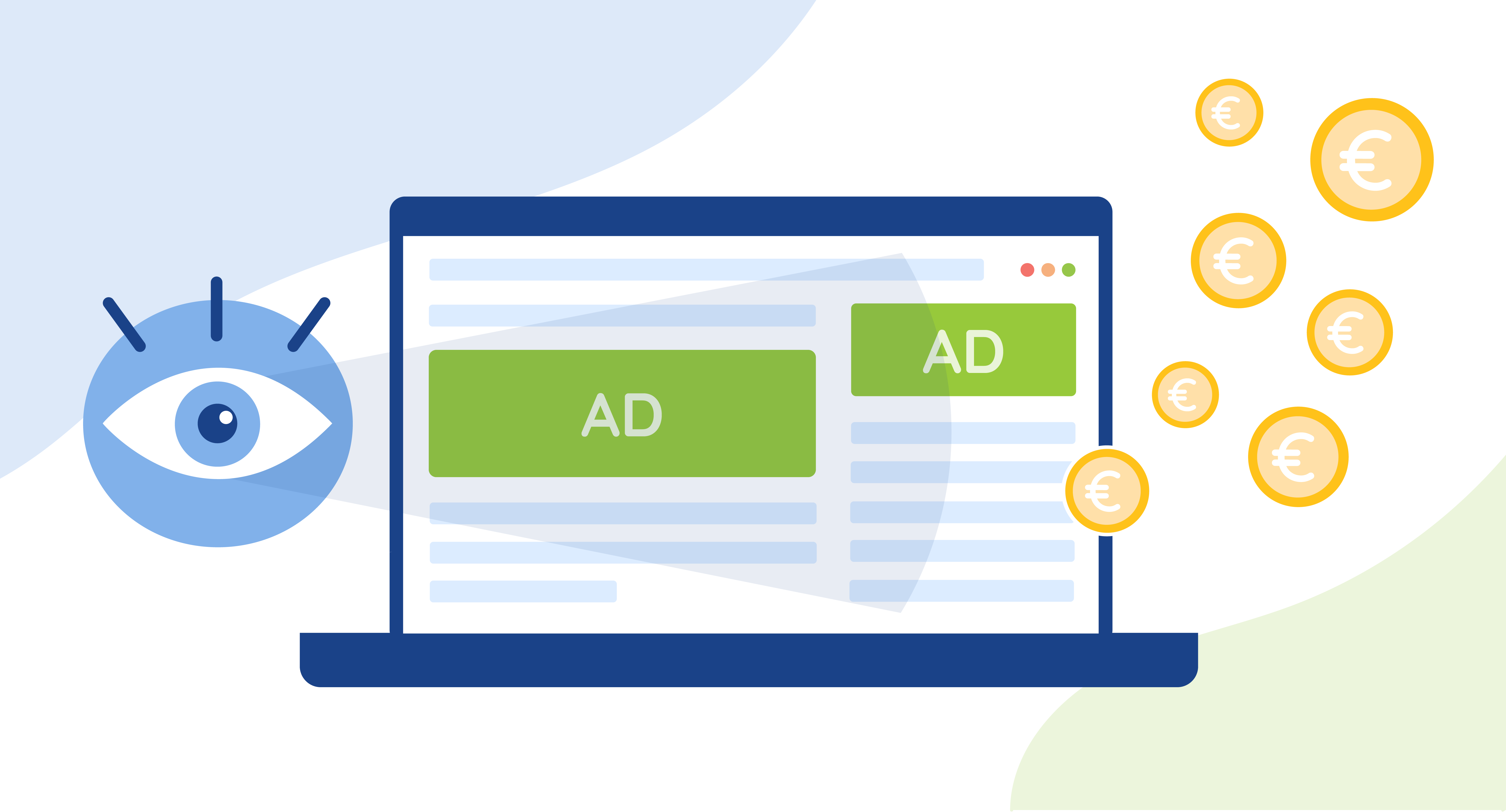
Ad Frequency Capping: Implement ad frequency capping to prevent overexposure, ensuring a positive user experience.
VIII. Mobile-Specific Ad Formats in AdMob:
1. Rewarded Video Ads:
Rewarded video ads offer users incentives, such as in-app rewards, for watching the full ad, increasing engagement and ad completion rates.
2. Interstitial Ads:
Interstitial ads are full-screen ads that appear at natural app transition points, providing maximum exposure and impact.
IX. The Future of Ad Formats:
Interactive and Immersive Experiences: Ad formats will continue to evolve towards more interactive and immersive experiences, leveraging technologies like AR and VR.
Enhanced Personalization: Ad formats will become more tailored to individual preferences, delivering hyper-personalized experiences for users.
X. Conclusion:
In the ever-evolving digital advertising landscape, ad formats remain a cornerstone for publishers seeking to optimize revenue and engage audiences. By understanding the diverse array of ad formats available and harnessing the power of context, user experience, and targeting, publishers can create impactful ad campaigns that resonate with their audiences. As the digital advertising landscape continues to innovate, embracing emerging formats and technologies will be vital in staying ahead of the curve and delivering exceptional ad experiences that captivate and inspire users. Let ad formats be your creative canvas as you embark on a journey of innovation and success in the world of digital publishing.

